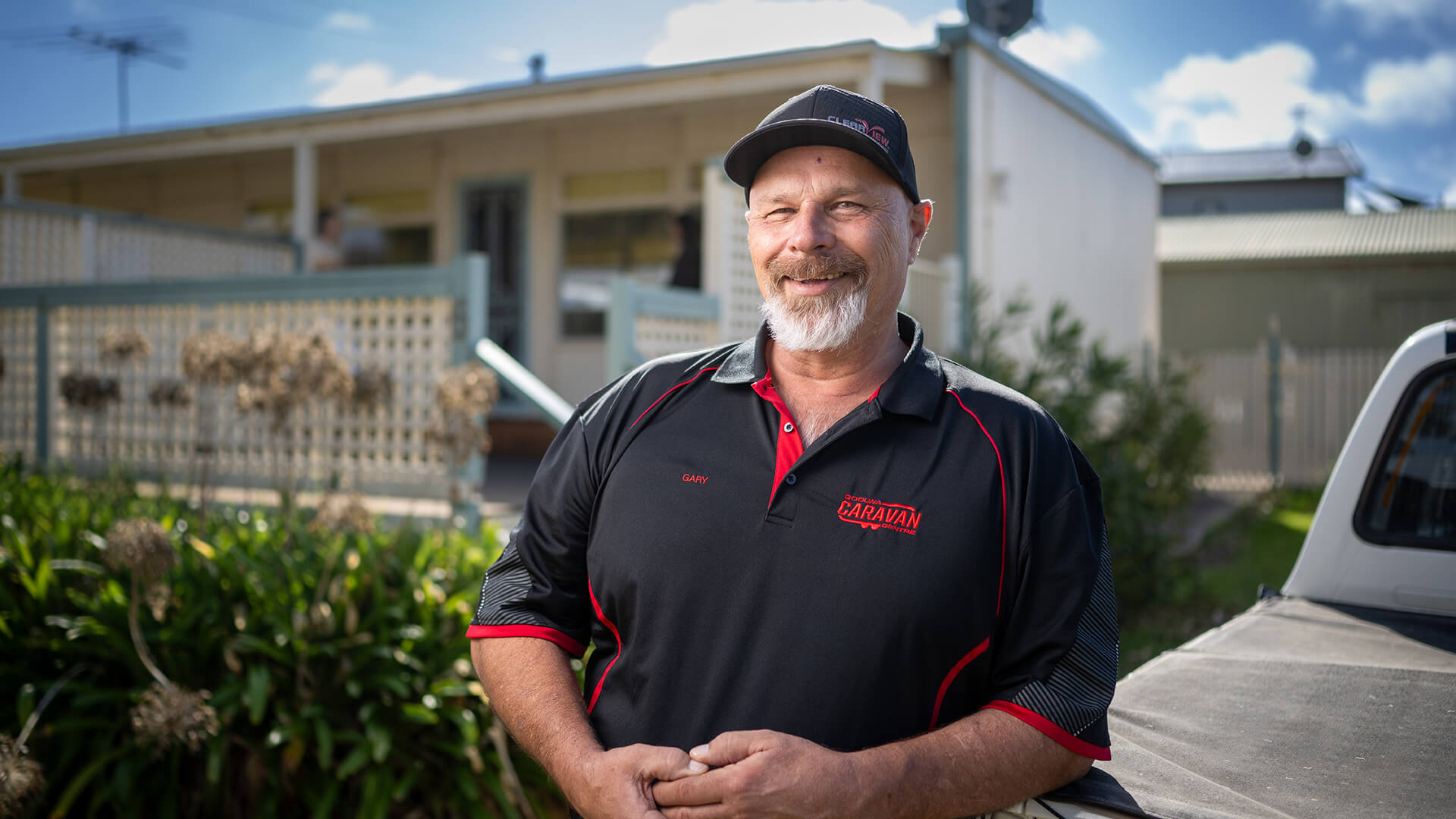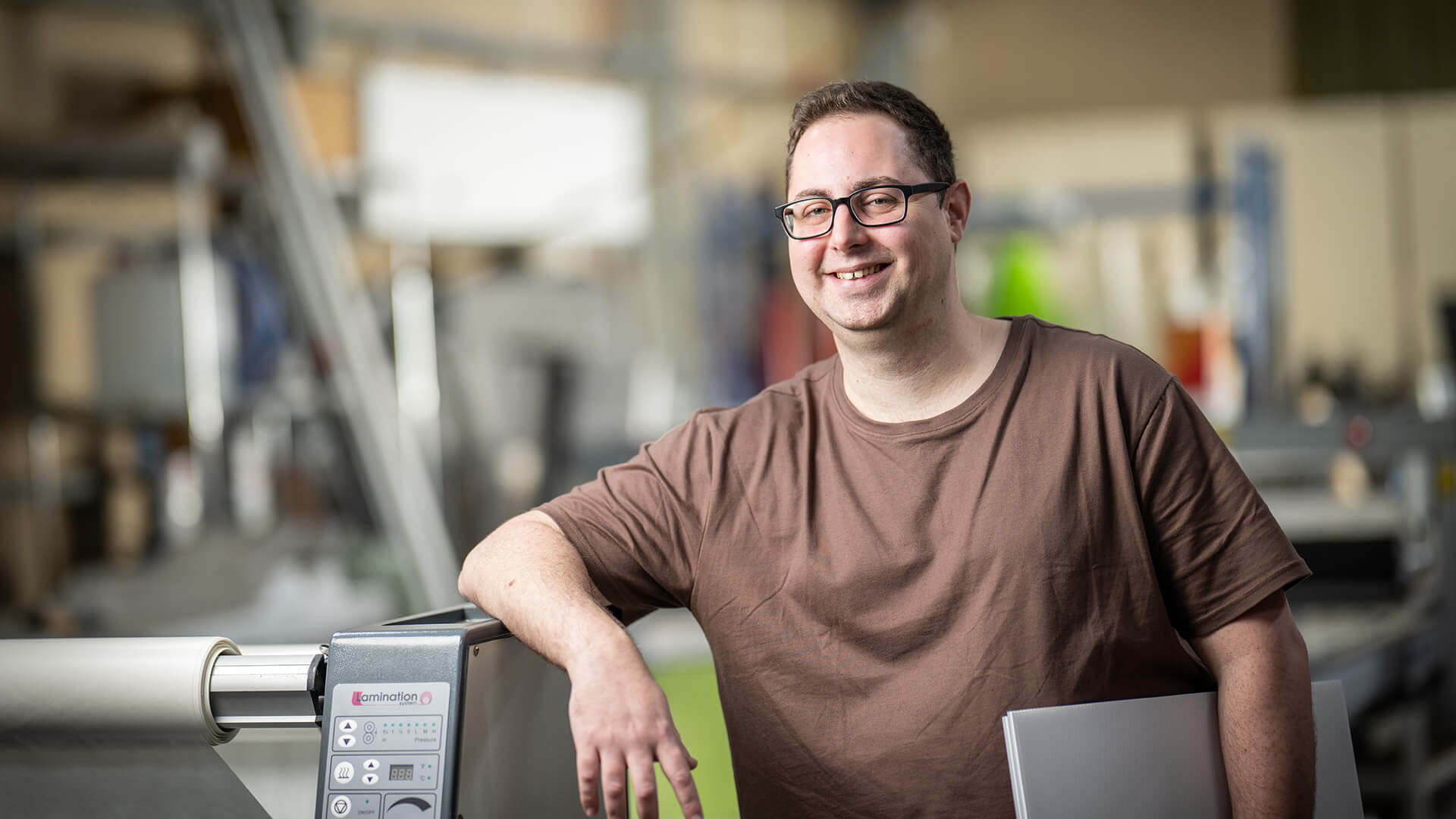Getting ready to set employment goals
If you’re thinking about joining the workforce, you will need to start the process by setting some employment goals with your Local Area Coordinator (LAC), support coordinator or NDIA planner.
When you’re talking with your LAC, NDIA planner or support coordinator, it's important to discuss your interests and strengths, your needs in the workplace, and any potential barriers that may stop you from going for a certain job.
Your LAC or NDIA planner will help you navigate these and may ask some of the following questions:
- Have you got any past work experience, qualifications, or skills?
- What level of education do you have?
- Do you have any concerns about returning to work?
- What types of work are you interested in pursuing?
- Are there any challenges you’ve faced in previous work or job-seeking experiences?
These questions will help your LAC or NDIA planner identify the steps you need to take to reach your goals and how you can get there.
To give you a better idea of what some employment goals might look like, have a look at these examples of employment goals and how they can be achieved.
'I’d like to get a part-time job in the administrative sector'
In this situation, you would need to start by identifying the skills needed for an administrative role, which could include effective communication skills and proficiency in the Microsoft Office Suite.
If you find that you need to enhance these skills, see if you can use your NDIS plan to access courses to do so. You can then work with Disability Employment Service providers like APM to find a job placement to match these new skills.
'I want to develop new job skills and get experience in hospitality'
For this goal, you would start by researching the most in-demand skills in hospitality, such as customer service and teamwork.
Discuss with your planner how you can use NDIS funding for relevant online courses or workshops to enhance these skills.
Your planner can also help you seek internship or placement opportunities to help you get hands-on experience in the field.
'I want to get a job with accessibility support'
First, you need to identify the workplace accommodations you will need to work effectively, such as special equipment or software. Discuss these needs with your planner who will help add these adjustments to your NDIS plan.
You can then work with Disability Employment Service providers like APM to find employers who can provide these accommodations.
'I want to find a flexible role to suit my needs'
For this goal, you will first need to define what a work-life balance would look like for you. Would you need specific days or times off during the week or the option to work remotely?
Once you have defined this, work with your planner or employment consultant to find job opportunities with flexible hours and remote working options.
'I want to explore volunteering opportunities'
In this situation, you will first need to establish what fields you might be interested in volunteering in, such as working in charity, animal shelters, libraries or museums, gardens or parks, and healthcare.
Once you have decided where you might want to volunteer, you can work to seek out those opportunities.






